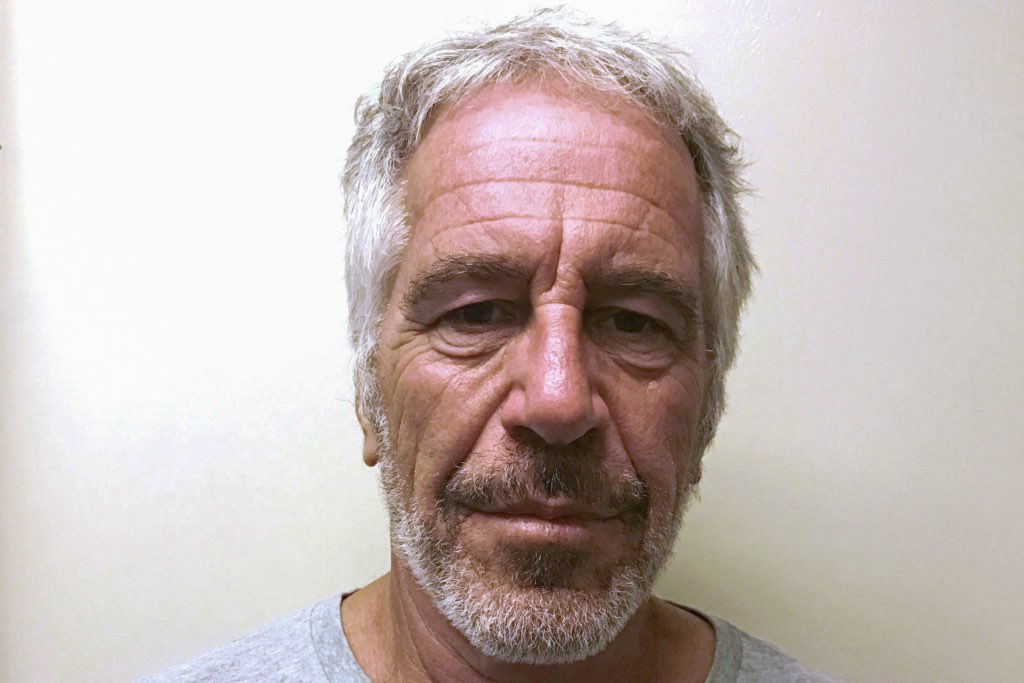OIL AND GAS ARE NOT "FOSSIL FUELS" THEY ARE A RENEWABLE ENERGY SOURCE CREATED BY A GEOTHERMAL REACTION BETWEEN THE SOLID MANTLE & LIQUID CORE:
'Abiogenic Deep Origin of Hydrocarbons and Oil and Gas Deposits Formation'
"The theory of the abiogenic deep origin of hydrocarbons recognizes that the petroleum is a primordial material of deep origin [Kutcherov, Krayushkin 2010]. This theory explains that hydrocarbon compounds generate in the asthenosphere of the Earth & migrate through the deep faults into the crust of the Earth. There they form oil & gas deposits in any kind of rock in any kind of the structural position (Fig. 1). Thus the accumulation of oil & gas is considered as a part of the natural process of the Earth’s outgrassing, responsible for creation of its hydrosphere, atmosphere & biosphere. Until recently the obstacle to accept the theory of the abyssal abiogenic origin of hydrocarbons was the lack of the reliable & reproducible experimental results confirming the possibility of the synthesis of complex hydrocarbon systems under the conditions of the asthenosphere of planet earth."
Link to scientific article in post below:
'Abiogenic Deep Origin of Hydrocarbons and Oil and Gas Deposits Formation'
"The theory of the abiogenic deep origin of hydrocarbons recognizes that the petroleum is a primordial material of deep origin [Kutcherov, Krayushkin 2010]. This theory explains that hydrocarbon compounds generate in the asthenosphere of the Earth & migrate through the deep faults into the crust of the Earth. There they form oil & gas deposits in any kind of rock in any kind of the structural position (Fig. 1). Thus the accumulation of oil & gas is considered as a part of the natural process of the Earth’s outgrassing, responsible for creation of its hydrosphere, atmosphere & biosphere. Until recently the obstacle to accept the theory of the abyssal abiogenic origin of hydrocarbons was the lack of the reliable & reproducible experimental results confirming the possibility of the synthesis of complex hydrocarbon systems under the conditions of the asthenosphere of planet earth."
Link to scientific article in post below:

And GAS is the CLEANEST:
https://twitter.com/robinmonotti/status/1748590992448516102
• • •
Missing some Tweet in this thread? You can try to
force a refresh








